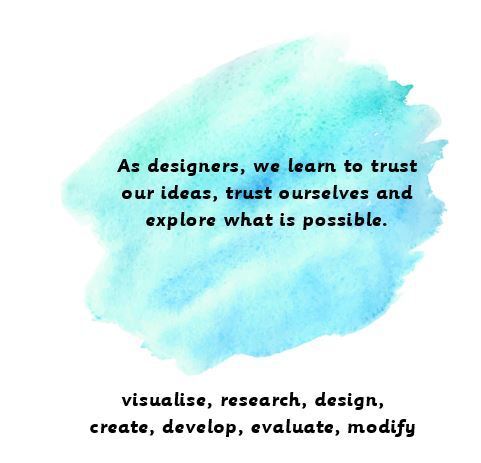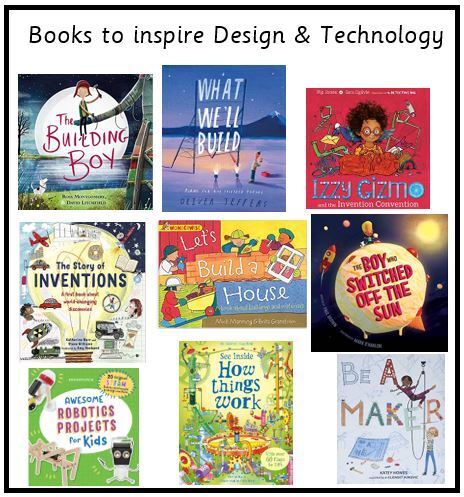Curriculum - Design & Technology
Welcome to our Design & Technology Curriculum page. The website is currently undergoing some exciting updates. Content is gradually being added. The website will be finalised by April 2024.
At Bridgtown Primary School, we believe that Design and Technology allows pupils to think creatively, solve problems, and develop their ideas working independently or as a team. Our school is committed to nurturing pupils’ curiosity and creativity, as well as preparing them for living in a modern world where technology us rapidly changing and advancing.

Curriculum Rationale
At Bridgtown Primary School we provide our children with opportunities to express themselves in a creative, imaginative manner and through exploration. They can then communicate their own ideas through what they see, feel and think through the use of a range of tools, media and materials. Design and Technology aims to inspire pupils to be innovative and creative thinkers who have an appreciation for the product design cycle through ideation, creation, and evaluation. We want pupils to develop the confidence to take risks, through drafting design concepts, modelling, and testing and to be reflective learners who evaluate their work and the work of others. We aim to build an awareness of the impact of design and technology on our lives and encourage pupils to become resourceful, enterprising citizens who will have the skills to contribute to future design advancements.
Each unit of D&T covers the National Curriculum requirements, following the design, make and evaluate process whilst building on technical knowledge. Pupils learn D&T through six key areas:
- Cooking and nutrition
- Mechanical Systems
- Structures
- Textiles
- Digital World (KS2 Only)
- Electrical Systems
Our scheme of work will enable pupils to meet the end of key stage attainment targets in the National curriculum and provide opportunities for pupils’ to work towards the Development Matters statements and the Early Learning Goals.
D&T is designed as a spiral curriculum where skills and knowledge are built continuously. Each year, pupils revisit key concepts in greater depth and upon returning to each area, prior knowledge is utilised so pupils can build on previous foundations. Cross curricular links are seamlessly embedded throughout D&T ensuring that children are given the opportunity to apply subject knowledge from other areas of the curriculum. Children’s interests are captured through theme learning, ensuring that links are made in a cross curricular way, giving children motivation and meaning for their learning. Lessons incorporate a range of teaching strategies from independent tasks, paired and group work including practical hands-on, computer-based and inventive tasks. This variety means that lessons are engaging and appeal to those with a variety of learning styles.
Design & Technology in EYFS
In Early Years, Design and Technology incorporates many aspects of the Early Learning Goals. DT is explored through an umbrella of expressive art and design, understanding the world and communication and language. Children in Early Years are encouraged to think creatively, select tools purposefully and use techniques to shape, assemble and join materials together having an awareness of possibilities and limitations. Through asking questions and listening to discussions children can develop their communication and language skills. Practitioners encourage children to explore, observe, solve problems, think critically, make decisions and talk about why they have made their decisions as they design and create.
Our Early Years Design and Technology curriculum is designed:
- For everybody to access, regardless of their background.
- To encourage pupils to construct and create for a purpose.
- To allow pupils to select and use tools safely and intently.
- For pupils to put their ideas into practice and develop an awareness of the possibilities and limitations of materials.
- To encourage pupils to explore, observe, solve problems and work cooperatively.
- So that children can learn about the world around them.
The intended impact of implementing Design and Technology in Early should allow pupils to:
- Meet the relevant Early Learning Goals and Development Matters Statements.
- Become creative, enterprising pupils who are ambitious and take risks to achieve their desired outcome.
- Work together independently and cooperativity with others, listening to different opinions and using this to influence decisions.
What does Design & Technology look like in EYFS?
Design & Technology in KS1 & KS2
Our whole curriculum is shaped by our school vision which aims to enable all children, regardless of background, ability, additional needs, to flourish and become the very best version of themselves. Our pupils will respond to design briefs and scenarios that require consideration of the needs of others, developing their skills in the six key areas of Design and Technology. We want pupils to develop the confidence to take risks, through drafting design concepts, modelling, and testing and to be reflective learners who evaluate their work and the work of others. We aim to build an awareness of the impact of design and technology on our lives and encourage pupils to become resourceful, enterprising citizens who will have the skills to contribute to future design advancements. Our scheme of work will enable pupils to meet the end of key stage attainment targets in the National curriculum. Skills are taught progressively to ensure that all children are able to learn and practice in order to develop as they move through the school.
Our Design and Technology curriculum is designed:
- To enable our children to become independent, creative and innovative learners.
- For pupils to take risks, through drafting design concepts, modelling, and testing and to be reflective learners who evaluate their work and the work of others.
- To provide a relevant, progressive and well-structured DT curriculum which enables all children regardless of ability to develop and master a broad knowledge and wide range of skills.
The intended impact of implementing Design and Technology should allow pupils to:
- Understand the functional and aesthetic properties of a range of materials and resources.
- Understand how to use and combine tools to carry out different processes for shaping, decorating, and manufacturing products.
- Build and apply a repertoire of skills, knowledge and understanding to produce high quality, innovative outcomes, including models, prototypes and products to fulfil the needs of users and scenarios.
- Understand and apply the principles of healthy eating, diets, and recipes, including key processes, food groups and cooking equipment.
- Have an appreciation for key individuals, inventions, and events in history and of today that impact our world.
- Recognise where our decisions can impact the wider world in terms of community, social and environmental issues.
- Self-evaluate and reflect on learning at different stages and identify areas to improve.
- Meet the end of key stage expectations outlined in the National curriculum for Design and technology.







